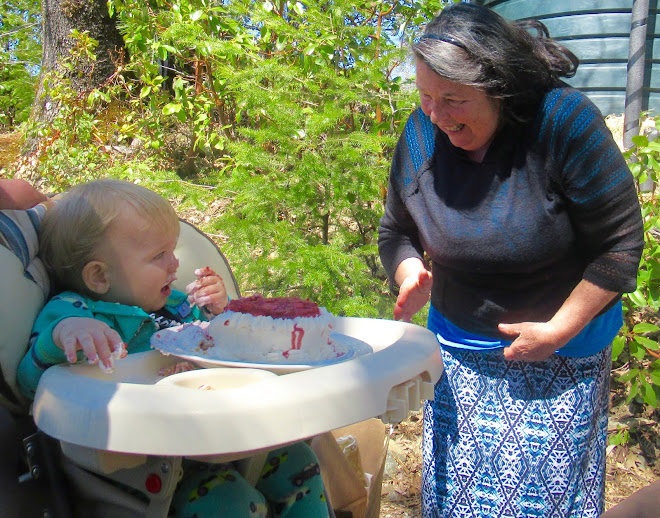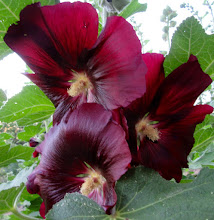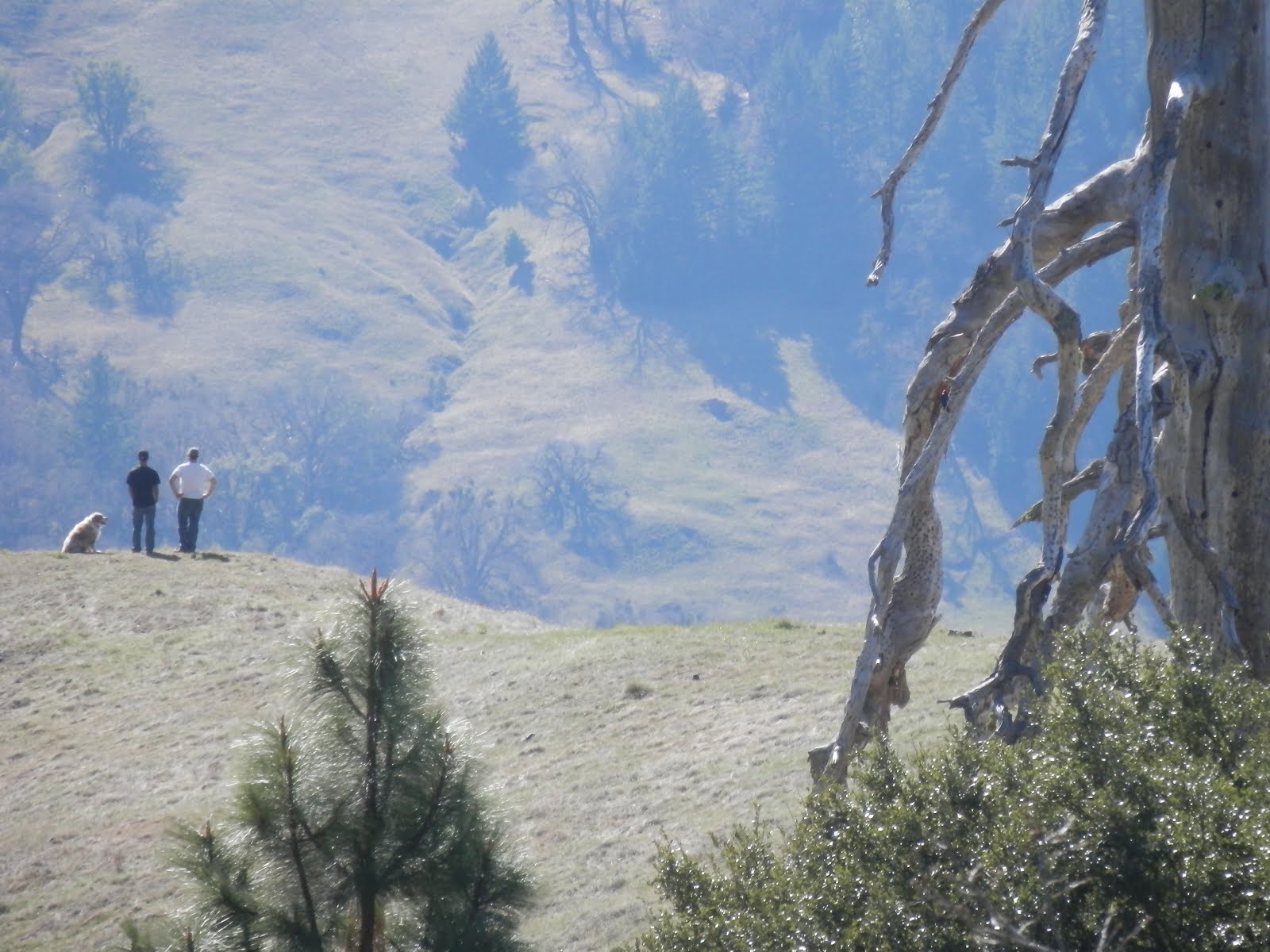I am doing the A-Z challenge, focusing on places or entities that can be found within Mendocino County. I do not intend to imply that the subjects of my writing are the most significant, only that they have personal relevance to me. Today’s letter is R for Redwood, as in Richardson Grove.
Never the Twain Shall Meet
I could not possibly do an A-Z challenge on Mendocino County, without including redwood trees. Despite Ronald Reagan’s assertion that “If you have seen one redwood tree, you've seen them all,” anyone of sane mind, who has ever stood beneath one of these behemoths, and gazed upward, would know that there is no other tree on earth that overwhelms the senses like the redwood tree.
As the Willits Arch proclaims, Mendocino County is “The Gateway to the Redwoods.” Richardson Grove, about an hour north, is actually at the southernmost tip of Humboldt County, our very closely aligned ally to the north. However, Richardson Grove is the site of a redwood grove that rivals the best of them, so I am going to stretch the parameters of my A-Z challenge to include it in this discussion.
Because Richardson Grove is an exciting place to take your family and camp, we had been doing this since the mid-eighties. As I have mentioned, Annie used to be very cautious about taking the boys to the coast, because of the treacherous rip tides in the ocean, so we tended to gravitate north to Richardson Grove, where the Eel River provided a more benign environment, in which to swim.
In addition to individual campsites, Richardson Grove also has a group campsite, with a road leading to the Rangers’ home base, running right through the campsite. When we started taking groups of students up to Richardson Grove, the road made it convenient for us to assign one side of the road to the girls, and the other side to the boys, and never the twain shall meet. Logic dictated that there was no way we ever had to worry about boys in the girls’ tents, or vice versa, because there is no way that could be done without others knowing about it. And if others knew about it, we, the teachers, would surely find out.
In addition to the group campsite, there was also an amphitheater, with benches laid out, so that park rangers could conduct evening activities, that included films, discussions, or readings. I found this theater to be very useful for conducting various classroom activities, including reading and journal-writing. We used to get the usual student-complaints about having to do schoolwork while on field trips, but we assured the kids that if we didn’t guarantee the school board that these academic endeavors would be carried out, there is no way that we would be going in the first place.
Science was easy, because of the Eel River, the wealth of vegetation, and the ecology of the area. Math was also easy, because we could do river flow calculations or use proportion to determine the height of the redwoods. And we had plenty of opportunities for creative ways to do art. I remember one year we had the students work within their groups to create wreaths out of anything they could find that was already on the ground. They can be very creative when they choose.
Of all the school activities, though, my favorite was to assemble those who were in my drama elective, and work on our production, in the amphitheater. The productions were almost always scheduled for the end of May/beginning of June, so if we went camping in May, the best month, weather-wise, then the actors would be close to having their lines memorized, and the theater was the natural place to carry out this activity. If we were lucky, then we would also have a live audience of spectators, who would always be impressed with our middle schoolers’ ability to memorize Shakespeare. I know I was always impressed. I used to tell them continuously that I asked them to do things that I was no longer capable of doing, and I meant every word of it.
After years of taking kids to Yosemite, Richardson Grove seemed kind of tame. However, when it came right down to it, when we asked them if they would rather go to Richardson Grove or stay at school, the discussion ended. Smart kids, I always said.




















